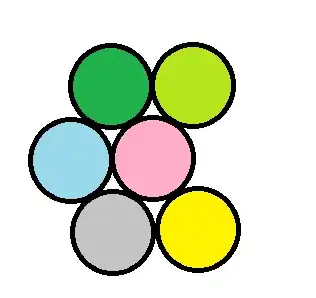Is there a question that contains no numbers, except possibly $1$, whose answer is $\pi/7$ ?
There are plenty of questions with no numbers except $1$, whose answer is $\pi/n$ for small integer values of $n$ other than $7$. For some reason, $\pi/7$ seems to be unattainable.
Examples:
Evaluate $\int_{-\infty}^\infty \frac{\sin{x}}{x}dx$. Answer: $\color{red}{\pi}$
Drop a needle of length $1$ onto a floor with equally spaced parallel lines a distance $1$ apart. On average, how many times do you have to drop the needle until it crosses one of the lines? Answer: $\color{red}{\pi/2}$
What is the volume of a cone with unit base radius and unit height? Answer: $\color{red}{\pi/3}$
A regular $n$-gon of side length $1$ encloses a regular $(n+1)$-gon. The polygons are concentric, and for each $n$ the area of the inside polygon is maximized. What is the limit, as $n\to\infty$, of the difference in their areas? Answer: $\color{red}{\pi/4}$
On a sphere of diameter $1$, uniformly random points are chosen until there is a unique circle that passes through them. What is expected area of this (planar) circle? Answer: $\color{red}{\pi/5}$
A regular $n$-gon of side length $1$ is inscribed in a circle. What is the limit, as $n\to\infty$, of the difference between their areas? Answer: $\color{red}{\pi/6}$
$\color{red}{???}$
Like question 4, except the polygons do not have to be concentric. Answer: $\color{red}{\pi/8}$
Indirectly specifying a number is not allowed; for example, "heptagon" is equivalent to "$7$-gon" and is thus not allowed. The question should not be obviously ad hoc. (For example: "A unit circle is divided into $k$ equal parts, where $k$ is the product of the first even prime and the first odd prime, plus $1$. What is the area of each part?") I hope the spirit of my question is understood.





